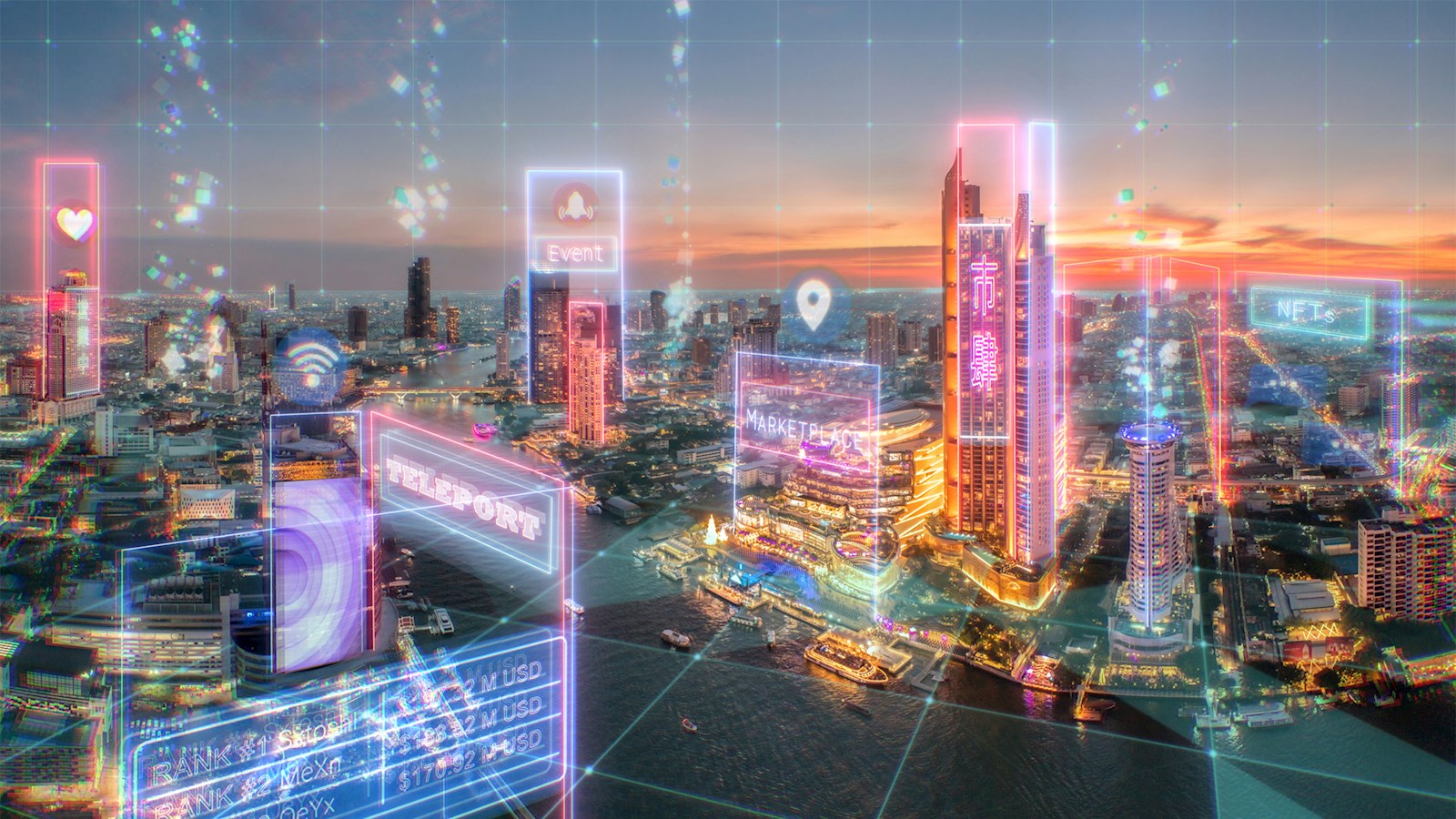
Show this article in French
Do you speak metalanguage?
As the metaverse and its meaning expands, WPP’s Loïs Della Valle and Stephane Dubard explore different definitions of the metaverse, analysing what this virtual realm is – and crucially, what it isn’t
Almost every major player in the industry has tried to define the metaverse in a way that best suits them. And it’s easy to see why: the global metaverse revenue opportunity could be worth in the trillions of dollars. For Meta, the metaverse is limited to virtual reality. For Snap, the metaverse begins with augmented reality. For others, a few interactive videos are enough to tick the metaverse box. Finally, for Web3 evangelists, the metaverse can be defined by all the current innovations related to the blockchain.
The metaverse landscape
This abundance of interpretations is confusing, and customers and brands are already paying the price. To try to see more clearly, we propose evaluating the contours of the metaverse landscape through two axes: the degree of immersion (from a passive 2D experience to a total immersion experience in VR) and the degree of openness of the environment in which the experience takes place (from the very closed – the proprietary spaces of the brands – to the very open thanks to the decentralisation made possible by the blockchain, via intermediated environments, such as walled gardens).
Structuring our understanding of the metaverse in this way avoids two common misconceptions: that the metaverse stops at VR and that the metaverse is only synonymous with Web3 (technologies linked to the blockchain).
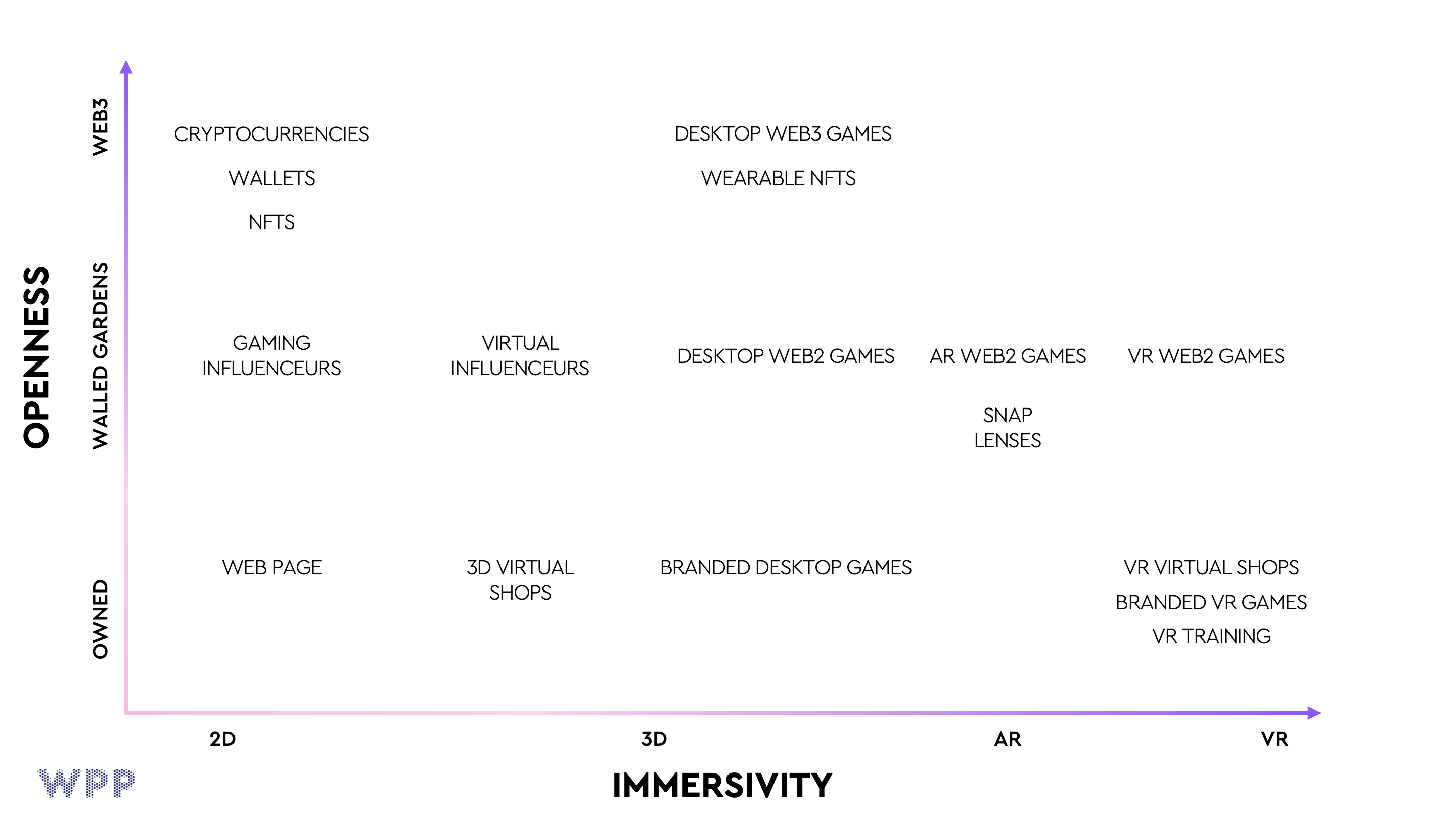
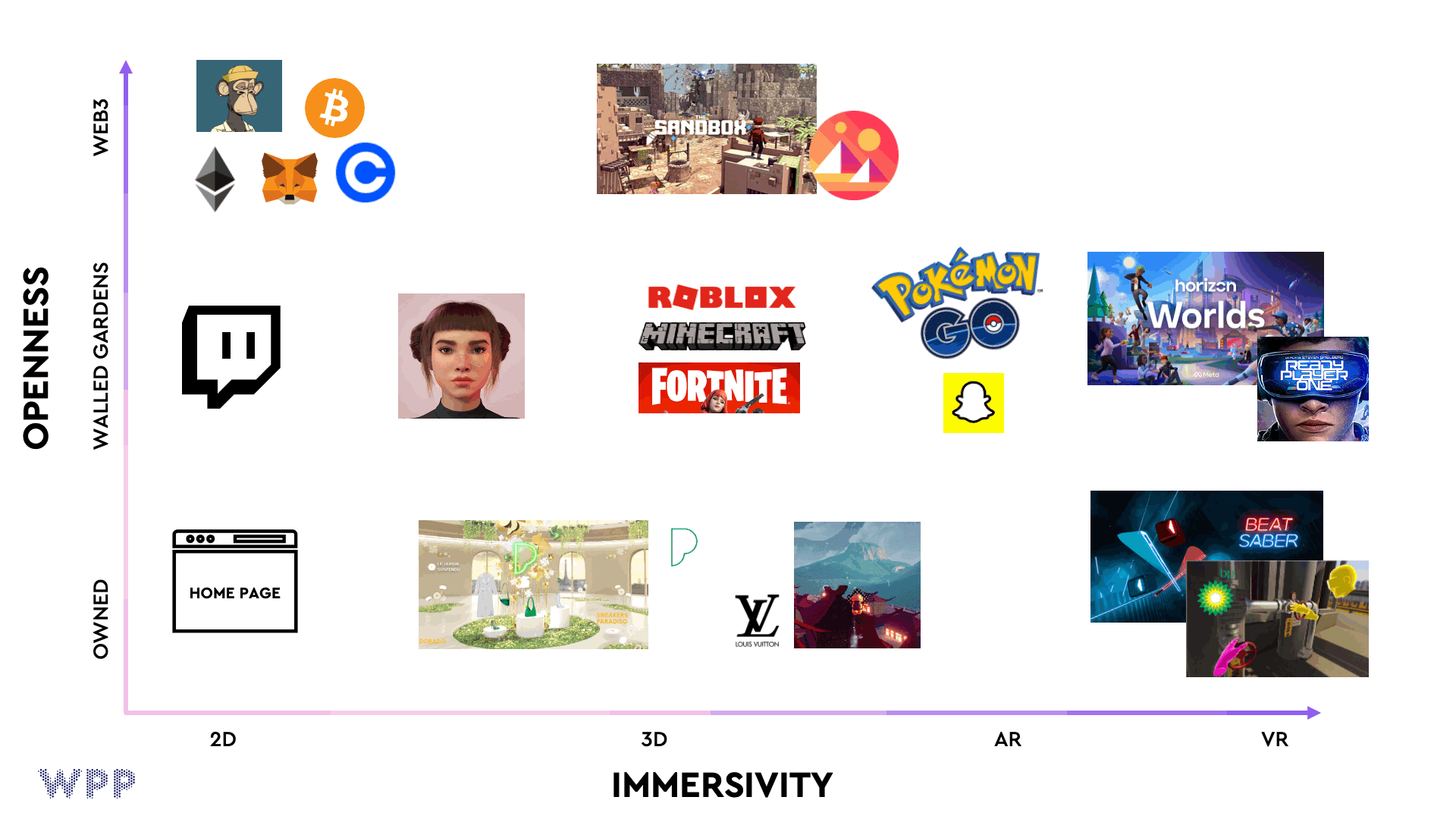
The exercise is, of course, not exhaustive, but it immediately demonstrates that the term metaverse takes on different meanings depending on the user. For example, Meta’s metaverse doesn’t describe the same thing as Fortnite’s or that of Web3 gamers. None of these metaverses share the same degree of immersion or engagement, the same type of ecosystem, nor the same interfaces. The current discourses on the metaverse are therefore based on a great misunderstanding, catalysed by different users talking about unrelated things.
Gaming vs Gaming
The confusion doesn't end there. It is increasingly common to read Roblox, Fortnite and Decentraland in the same sentence. However, these games come from two very different types of environments.
Games like Roblox or Fortnite are Web2
Matured for several years and having enormous resources, Web2 games have many advantages for brands: a perfect user experience, infinite creative possibilities, immense traffic (often over 200 million users each month) and state-of-the-art graphics.
The problem: in a Web2 game, the game publisher remains in control. As a brand, access to data is limited. Ecosystems within these games are closed. For example, it’s impossible to use or sell a Balenciaga sweater purchased on Fortnite elsewhere on the internet. The game publisher, also, takes a very large commission on the business generated by content creators (usually brands in Web2 spaces) within its ecosystem. Such commissions can be up to 47.5% for Meta or 72% for Roblox.
Sandbox and Decentraland are Web3 games. This changes everything. Web3 games operate outside of the confines of their publishers. A brand that buys land in Sandbox can do what it wants there. And the commission taken by Web3 publishers is very low. Decentraland takes less than 5% commission from the activity generated by its creators. The advantage, at least hypothetically, is that of interoperability, or the possibility of using an object in game A that was purchased in game B.
The problem: compared to Web2 games, Web3 games are in their infancy. The user experience and the graphics they offer are for the most part underwhelming. It’s difficult for novice users to navigate these spaces, or even access the game owing to the fact that they need to create a wallet. Small audience sizes are another obstacle – Web3 worlds are still tiny and confined to early adopters, a far cry from the traffic figures of today’s Web2 games.
Let's talk about the metaverse, concretely
Playing in the metaverse today, can mean very different things.
#1 Gaming is the new social touchpoint – no omni-channel strategy should ignore gaming anymore. Gaming is the second most used media by 18–24-year-olds, behind music. Brands must now identify the environments in which they have credibility and where they can meet their target audiences.
#2 Moving from digitalisation to virtualisation – immersive experiences (VR, AR, etc.) have incredible potential to extend the reach of brands and increase their power of engagement. Brands should begin to identify which stages of their customer journey and even their employee journey can become key moments for immersion.
#3 Open consumers’ wallets – Web3 games are just a tiny facet of Web3 marketing opportunities. CRM3 or "tokenised loyalty" opens fascinating windows to reinvent the link that unites a brand to its consumers. The competition to be present in consumers’ wallets has already begun, with brands like Nike and L'Oréal taking the lead. To maintain a link with their customers in the internet of tomorrow, brands must think strategically about tokens, wallets and loyalty programmes in the era of Web3.
So, while a cohesive definition of the metaverse is still anchored in the hypothetical, brands should understand that the opportunities unlocked by the metaverse are very real – and can be taken advantage of right now.
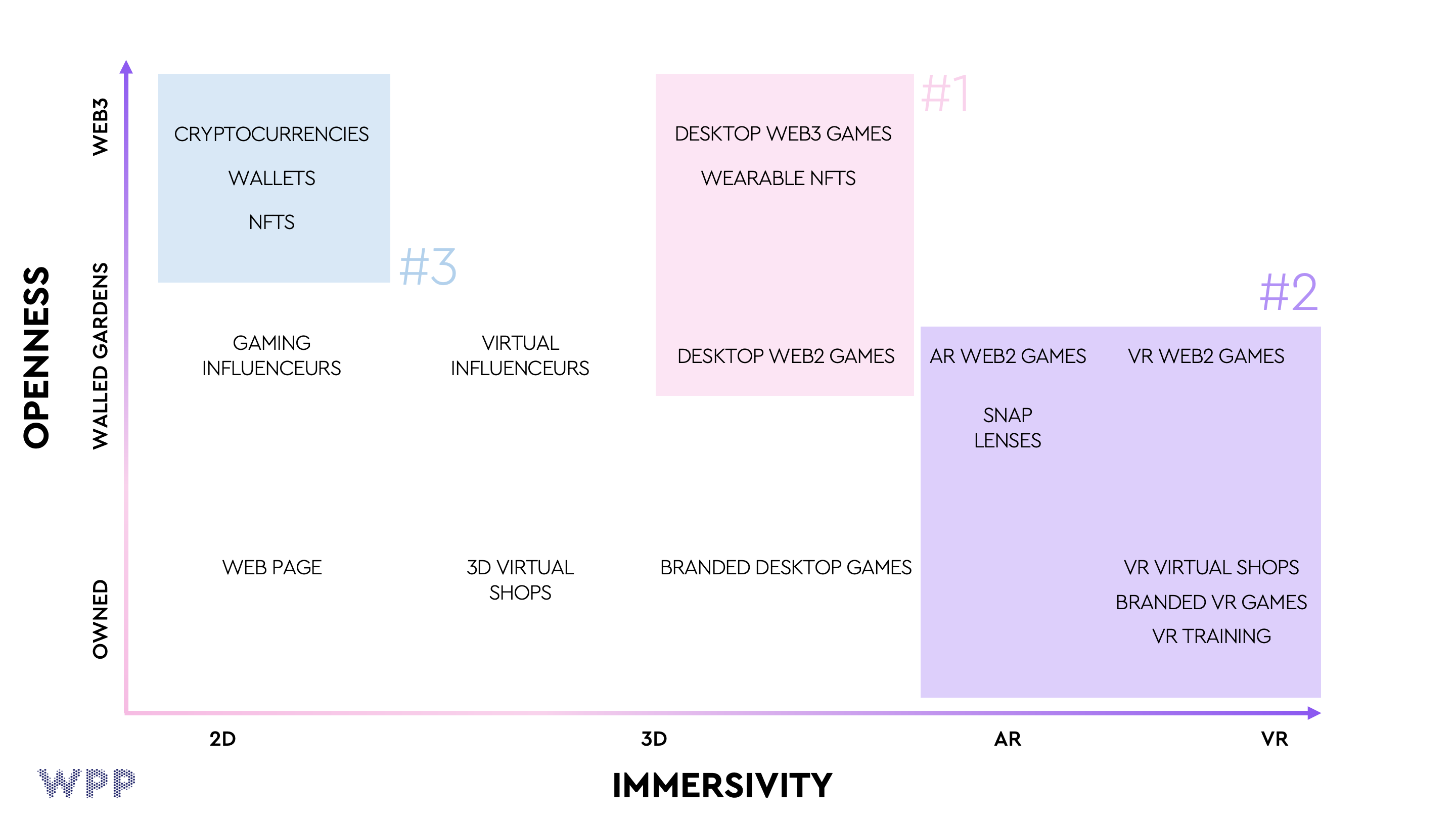
published on
04 July 2022
Category
More in Experience
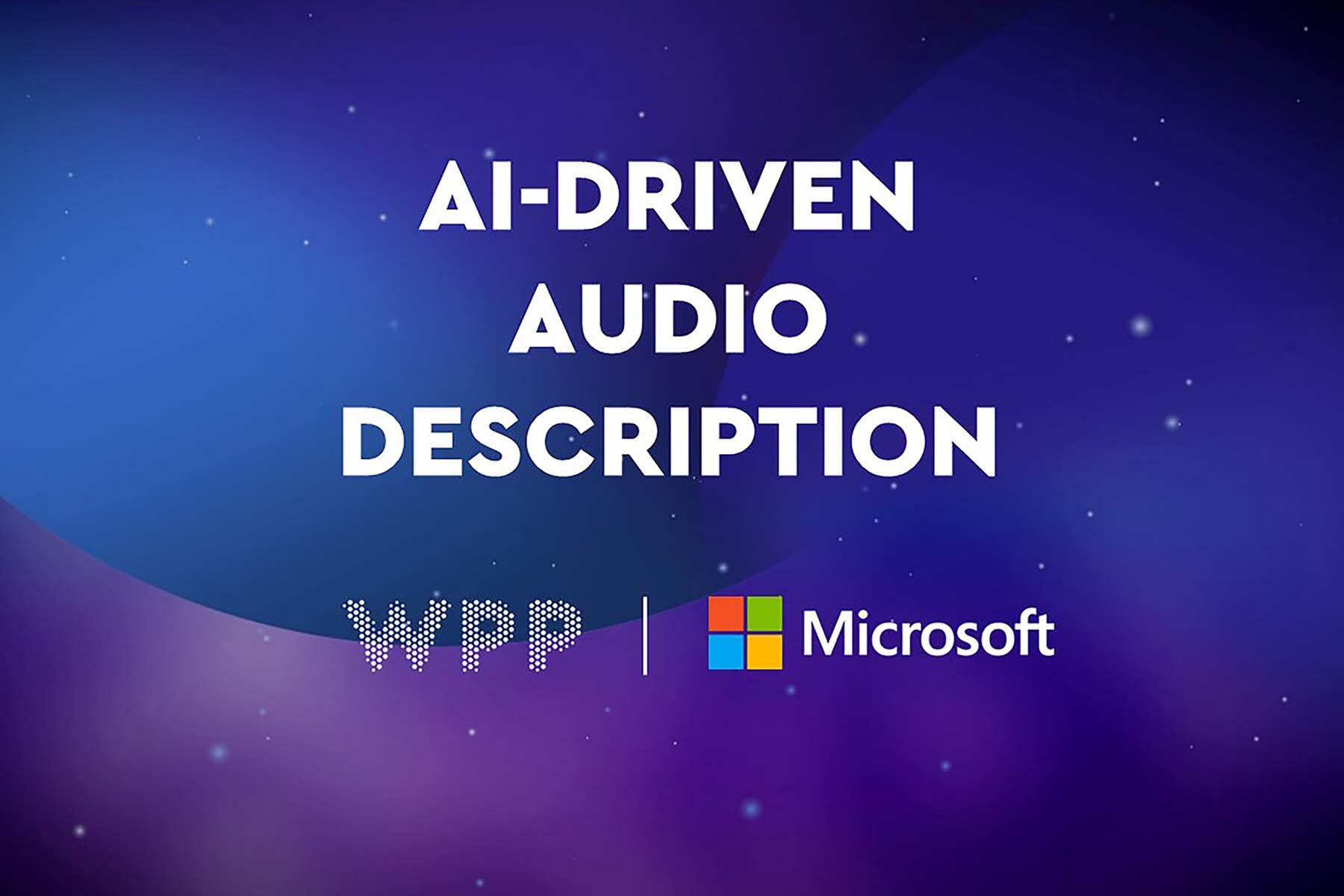
Let’s add audio for visually impaired audiences
How to make advertising more accessible for visually impaired audiences

The Future 100: wellbeing, humanity, emotion and tech
This annual trend spotter – by WPP’s VML – gives us the context for the new normal for marketing in 2024.

Activating sports events – the ultimate balancing act
WPP Sports Practice takes a look at the art of timing for sports event activation

